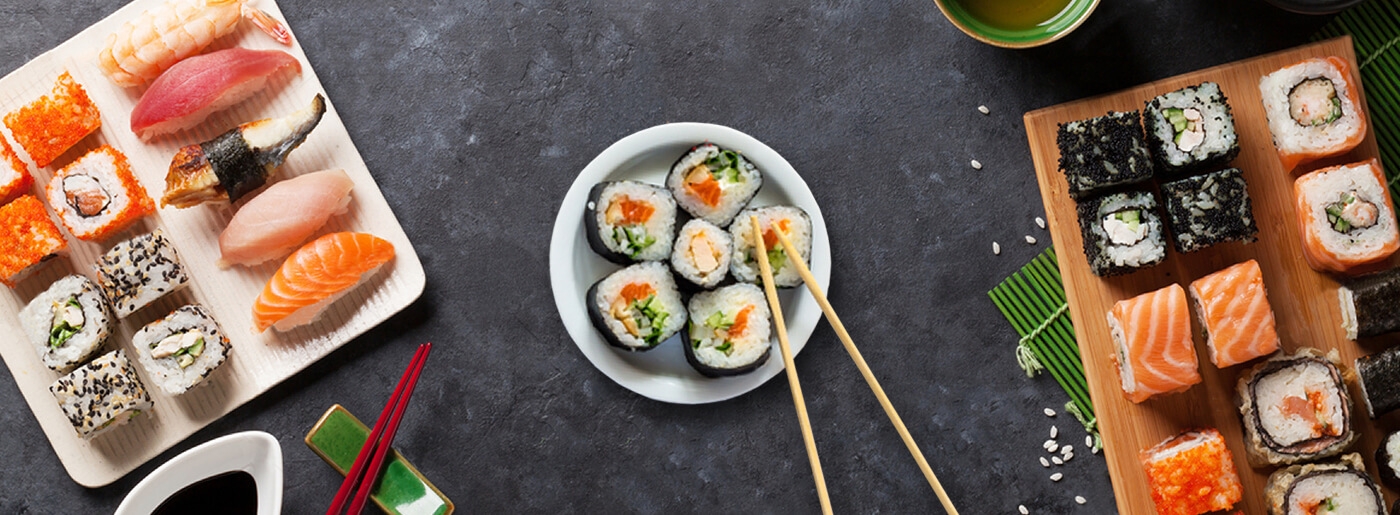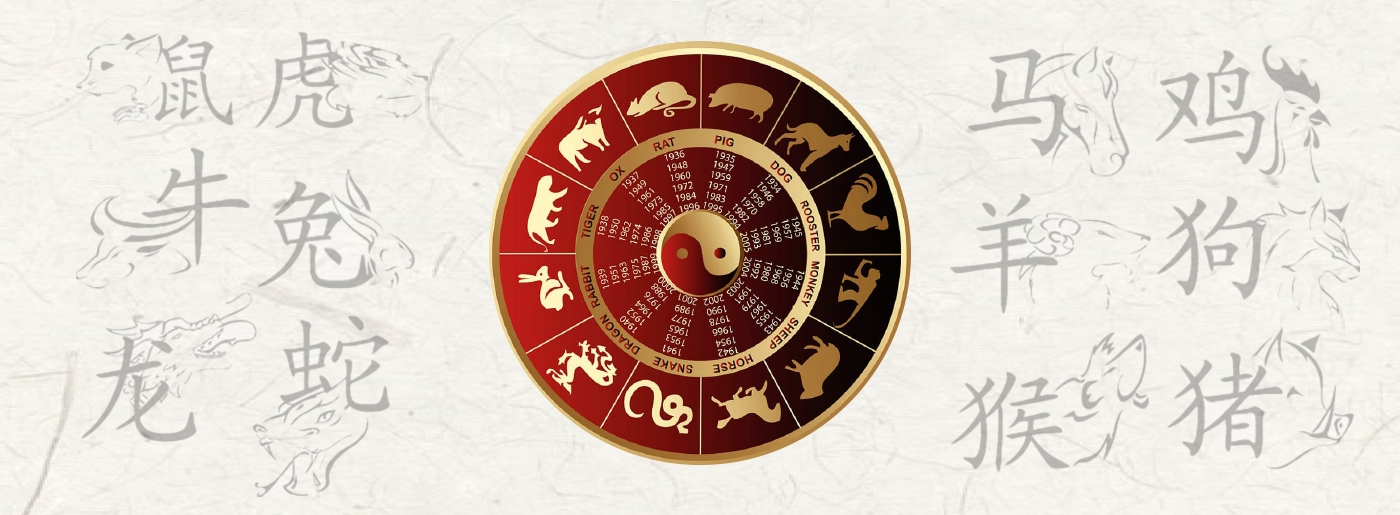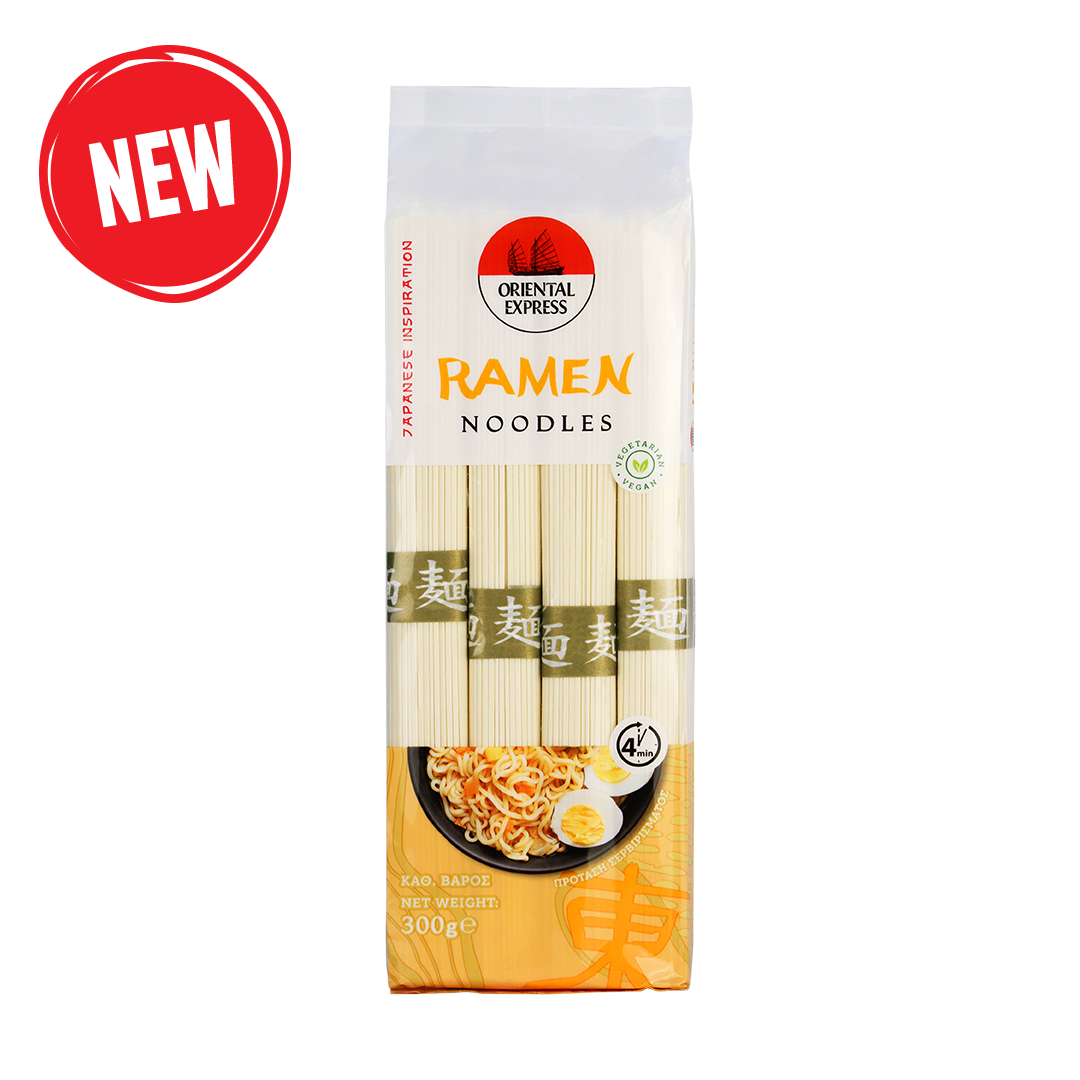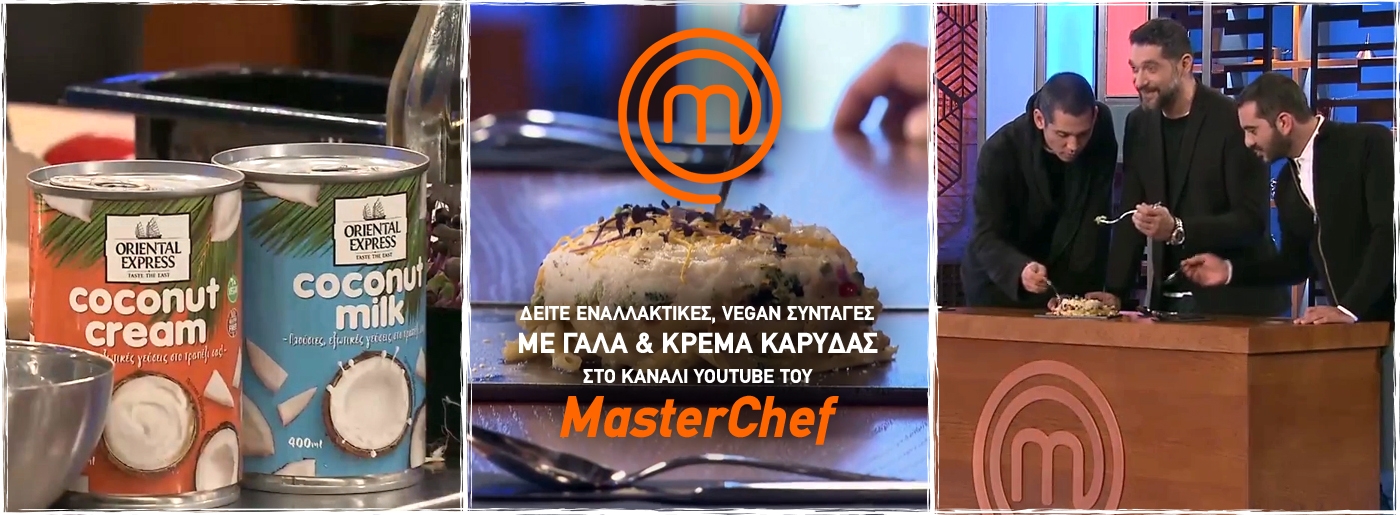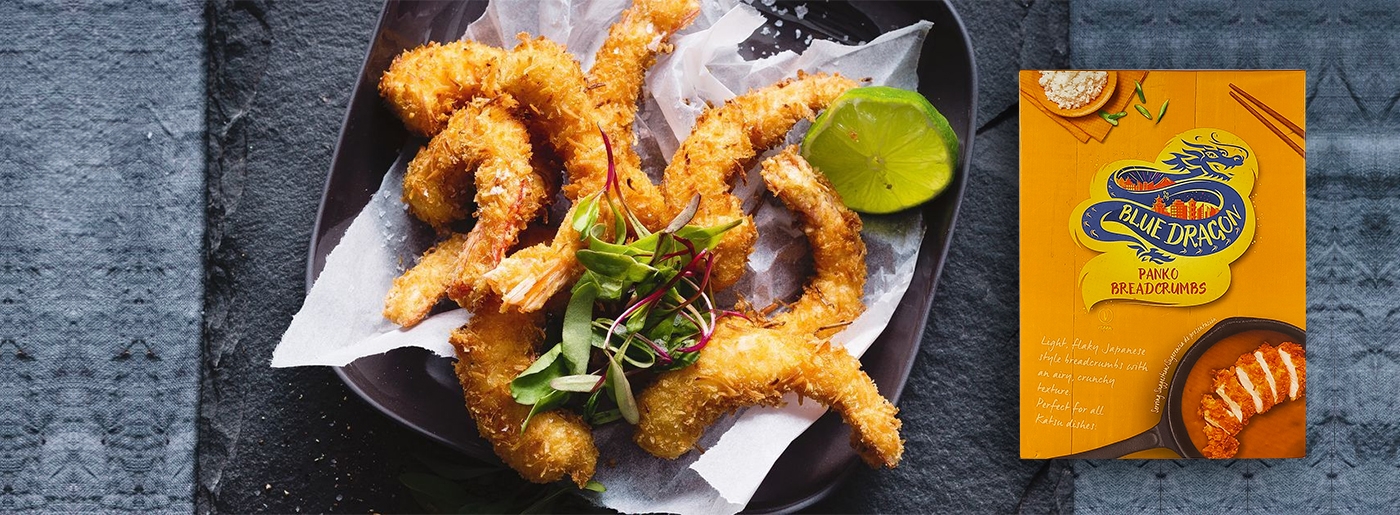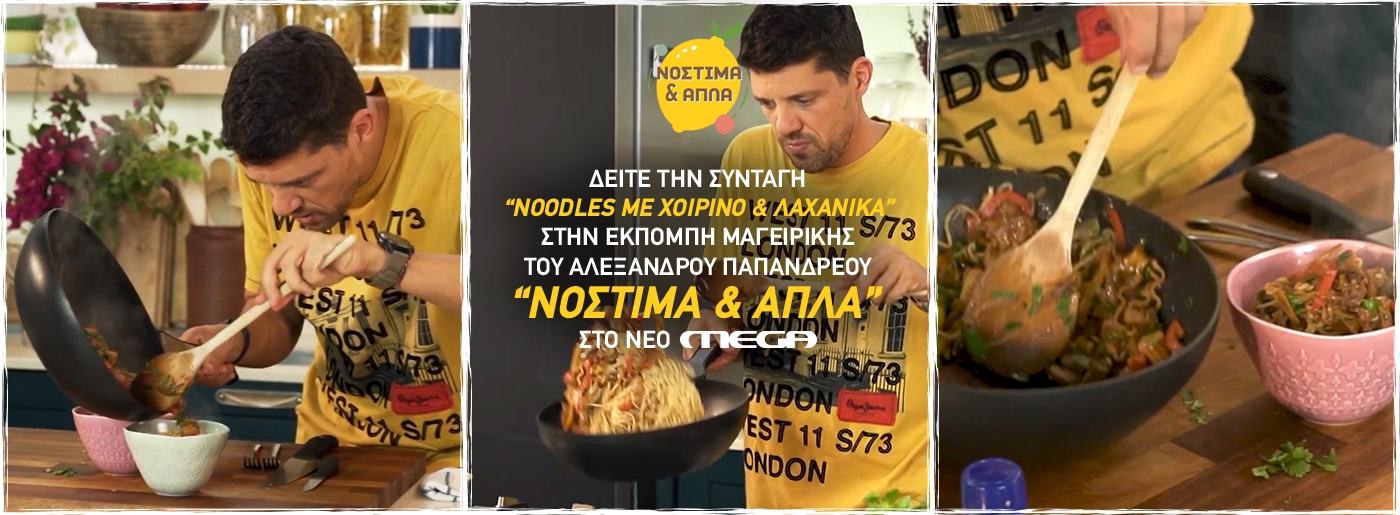The favorite food of the Japanese is gaining more and more fans in America, Europe and, by extension, Greece. It is Japan’s traditional dish based on rice that has absorbed a delicate vinegar dressing of rice and seafood combined with other ingredients. In most cases it is served with soy sauce, wasabi and ginger.
The types of sushi
Sushi is prepared in several variations in addition to sashimi, which is the simplest form and is considered an excellent source of protein. The other types are:
- Nigiri with rice and a fillet of raw fish or seafood lying on top, the most popular being crab, tuna and shrimps (without seaweed)
- Maki (meaning rolled sushi) where it is in the shape of a cylinder. The outside is usually wrapped with roasted seaweed (nori) and the inside along with rice may have vegetables, fruits (avocado and cucumber), raw fish, seafood (shrimp, crab).
- Uramaki or inside-out where the rice is on the outside of the cylinder and the seaweed is on the inside (the opposite of maki)
- Wuncan which resembles maki in form but has nothing to do with it as instead of rice, authentic Japanese caviar (ikura) is placed on top
- Handroll conical sushi to be eaten by hand. The casing is what else… seaweed cooked then rice and inside various vegetables or raw fish.
Different variations of sushi
As the traditional Japanese food is becoming more and more popular, various chefs around the world have created (as with most traditional dishes) several variations. In sushi we find 6 most common and many others more rare.
The most popular variation is Shrimp Nigiri where the salmon is replaced by shrimp. With this we achieve the same delicious taste but less fat. Essentially a lighter version of nigiri.
Another variation is the Spicy Tuna Roll which is sushi maki with tuna and spicy sauce. There is also the California Roll (guess where it got its title from) which is an oyster roll made exclusively with avocado, cucumber and crab.
In a different version of sushi is the Dragon Roll where fish and any seafood replaces the eel! Very tasty!
A few other instances of well-known variations include Salmon Sashimi where the salmon is completely raw and Tempura Roll which is sushi with all the ingredients cooked for those who can’t eat raw fish or don’t like it.
Accompaniments of sushi
As with most traditional dishes, sushi also needs to be accompanied by a number of accompaniments to ‘tie’ the dish together.
Soy sauce – Sushi is unsalted food. It needs that something to elevate its taste. That something is soy sauce a savory sauce that you dip the sushi in before eating it.
Slicedginger with avery strong and intense taste that accompanies sushi in different taste combinations. These are marinated slices of wet ginger ready to take off for the discerning of the genre. It is mainly used to cleanse the palate.
Wasabi – A very hot species of Japanese wild mushroom, green in colour. The traditional Japanese horseradish is used to bring out the flavours.

